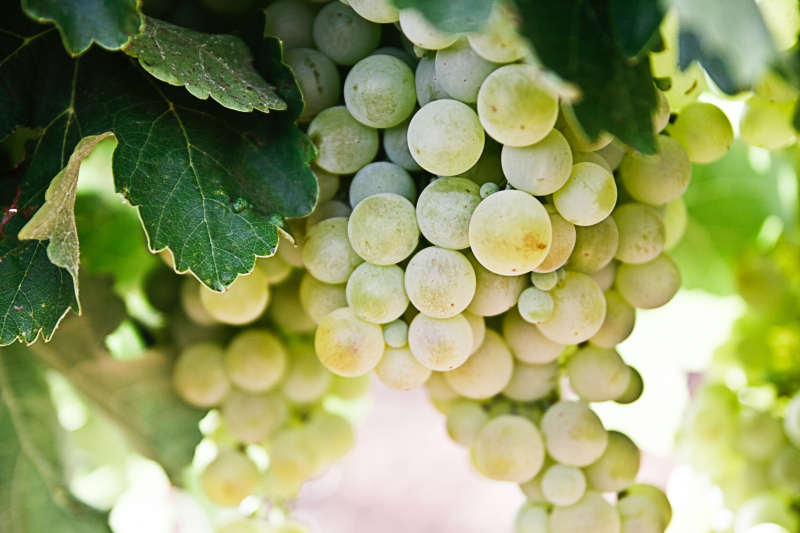Eger
Eger wine area is a wine region in Hungary's north-eastern region. It is well-known for its red blend, Egri Bikavér, as well as various whites such as Egri Leányka, Debri Hárslevel, and Egerszóláti Olaszrizling. The town of Eger serves as its epicenter. Eger and its environs are a well-known historical wine area. For about a thousand years, the locals have been active in grape and wine cultivation, producing wines such as Egri Bikavér, Egri Leányka, Debri Hárslevel, Egri Chardonnay, Egri Cabernet Franc and Sauvignon, Egri Merlot, Egri Kékfrankos, and Kékmedoc. Following the government shift, the Eger wine area saw unprecedented growth.
The town had an important role in the early centuries of the Hungarian Middle Ages: one of the greatest bishoprics had its seat in the castle, to which not only Heves County, but the whole north-eastern half of the nation belonged. The commencement and growth of winegrowing may be attributed to the church's key, controlling role, as wine is an essential component of church rites. The king's proclamation required tenths and tithes from winegrowing to be paid to the church and worldly organizations. The earliest cellars were constructed to house the tithe. Serbs fleeing the Turks carried with them the method of fermentation sur marc, red wine production, and the Kadarka type.
The area of the vinelands has increased greatly due to the re-planting of old and new kinds in the finest productive zones (Nagy-Eged, Pajdos). The AOC system, which is used in established, western wine cultures, has been implemented. In addition to the one big state winemaking firm, the emergence and growth of several hundred medium- and small-sized wine-companies has substantially increased the quality of the wine region's wines. Despite the fact that the oldest wine cellars date back over 400 years, new caves are continuously being carved even today.
Location: Hungary
















